This blog post was written by one of our contributing members, Kaitlyn Bottorff.
What Does Livestock Agriculture Have to do with Restoration Ecology?
In modern society, “nature” is often thought of as a place set aside from human civilization, a place that one may visit on a camping or hunting trip, but not truly a part of our day-to-day lives. Open spaces, parks, and wildlife reserves are separate places, distinct from our cities, suburbs, and farmland, and much of our zoning policy and real estate framework reflect that underlying philosophy. But as we learn more and more about our environment, we are beginning to understand the importance of integrating the natural community with human society.
THE IMPORTANCE OF A FUNCTIONING ECOSYSTEM
Ecosystem conservation and restoration is essential for human civilization because our society is dependent upon ecosystem services. You can think of ecosystem services as a set of beneficial processes that clean the air, filter the water, build the soil, and cycle nutrients, in addition to providing food and shelter for the organisms living on the planet. At its best, or apex state, a high-functioning ecosystem creates a feedback loop that maintains homeostasis, or balance.
The benefits provided by ecosystem services are often taken for granted, and all too often completely unaccounted for in our economic system, so their importance to society is underestimated and overlooked.
Examples of Ecosystem Functions Unaccounted for in Capitalist Economic Systems:
Cleaning and Absorbing Water
Reduction of Peak Flows within a Watershed
Flood Regulation
Production of Atmospheric Oxygen
Carbon Sequestration
Filtration of Atmospheric Particulate Matter
Nutrient (Nitrogen, Phosphorus, Potassium) Cycling
Mineral and Environmental Toxin Remediation
Soil Formation and Retention
Pollination
Ecosystem degradation results in the breakdown of these ecosystem functions and can cause a feedback loop which promotes change and further destabilizes the system. For example, excessive release of carbon dioxide into the atmosphere has created an imbalance in the carbon cycle, which is causing Earth’s climate to destabilize. As the levels of carbon dioxide in the atmosphere increase, ocean and wind currents also begin to change and destabilize, exacerbating the problem.
GRAZING AS AN ESSENTIAL COMPONENT TO ECOSYSTEM FUNCTION
One thing you may notice in the diagrams depicting natural cycles is that animals are an essential component of the system. Every ecosystem on Earth has evolved with animals, so it should be no surprise that they are an essential component to highly-functional ecosystems. In centuries past, North America would have been filled with millions of grazing animals, especially bison and elk. When the big game was systematically slaughtered by colonizers in the 19th century, an essential cog in the wheel was removed.
Herein lies an opportunity to re-introduce grazing animals onto the land by integrating livestock to create a holistic, regenerative agricultural, working lands conservation model that, rather than focusing on maximizing yield or profit per acre, focuses on restoring native plant communities and maximizing ecosystem function per acre, while also generating sustainable income.


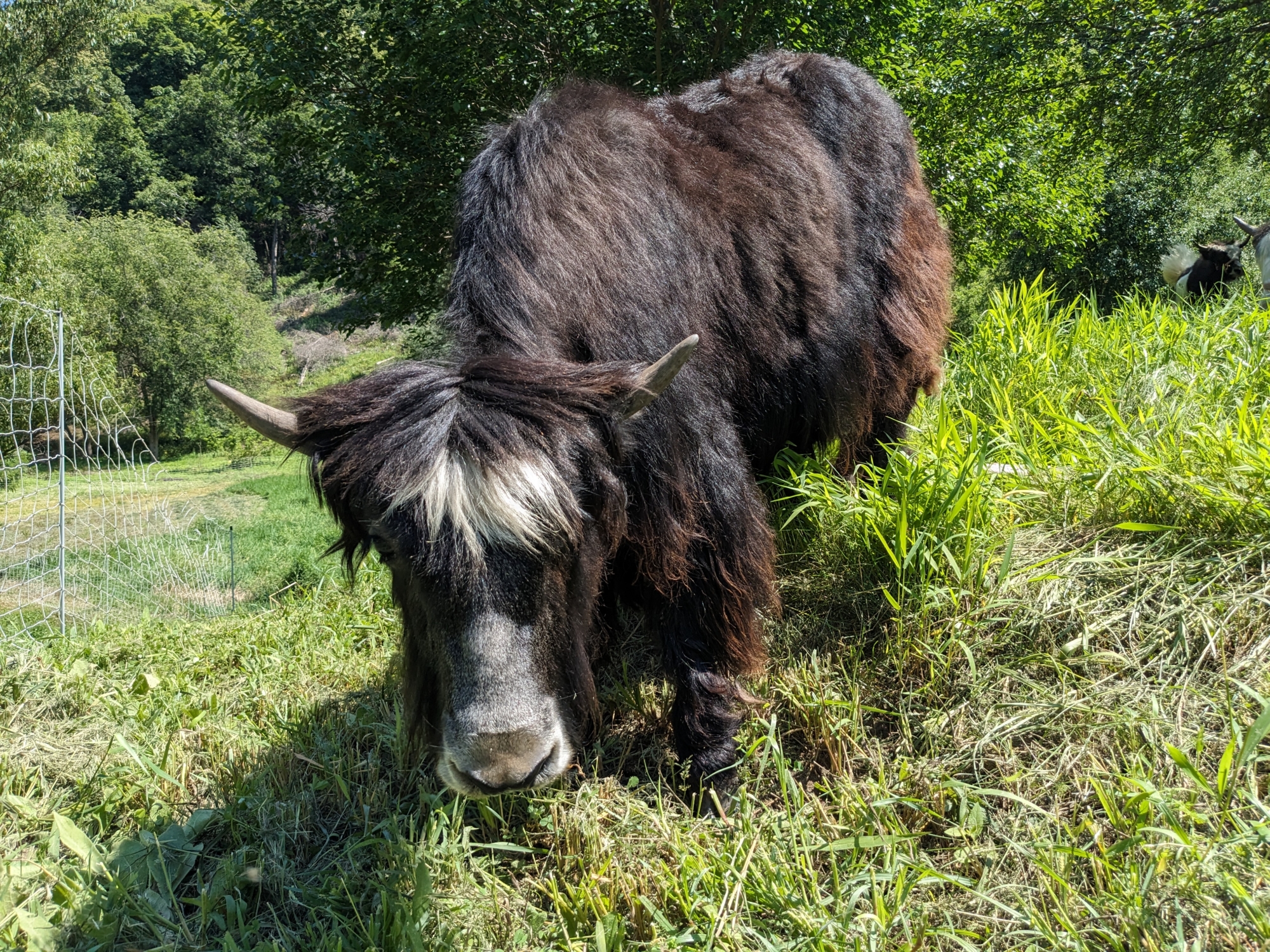
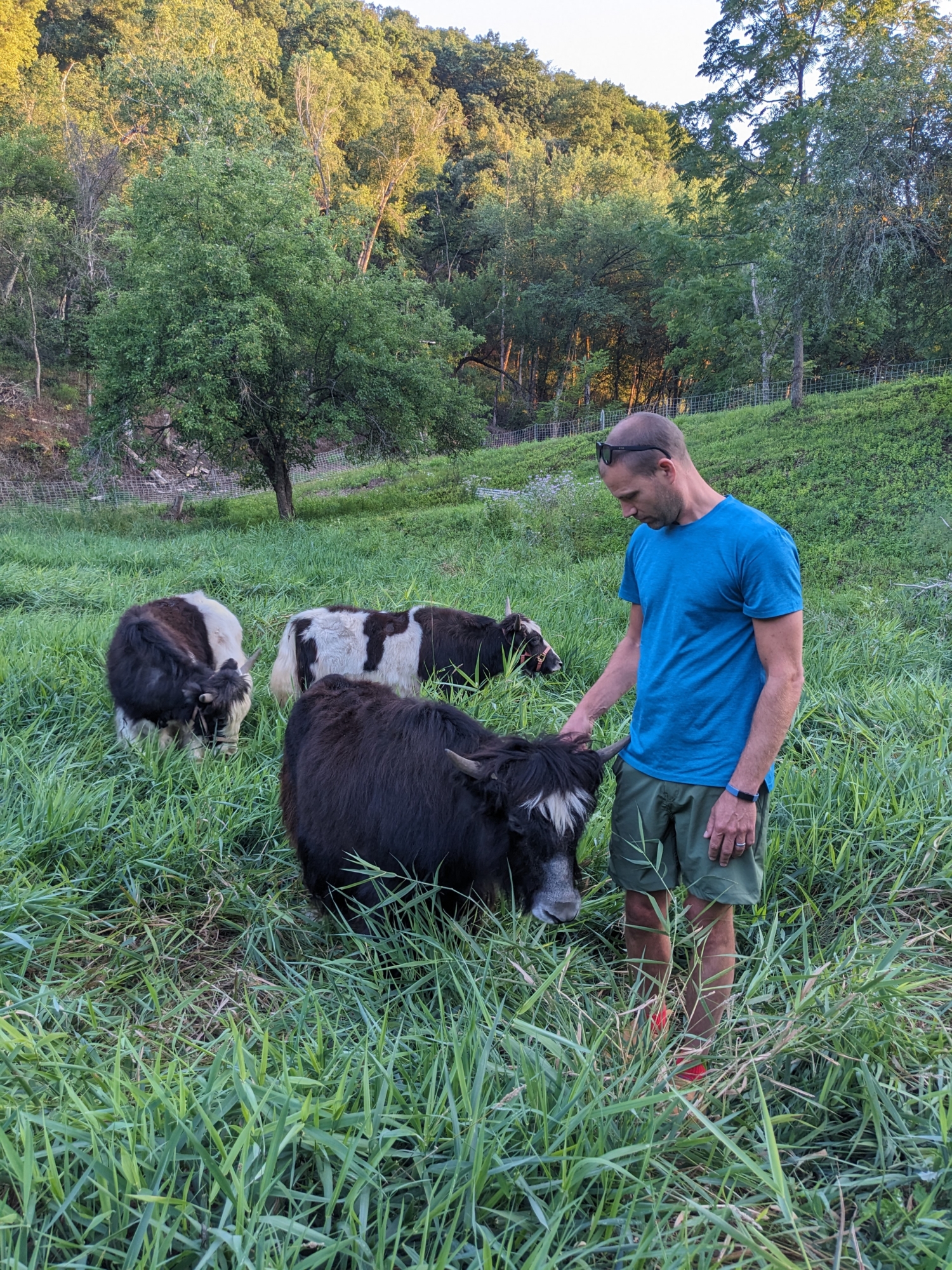



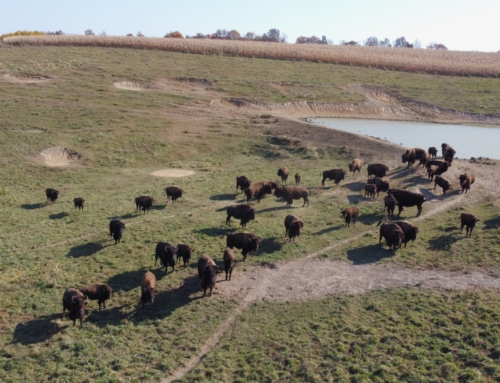
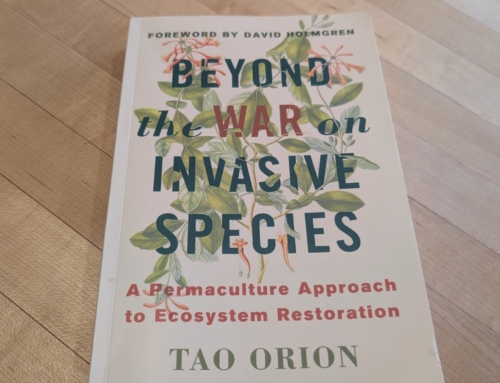
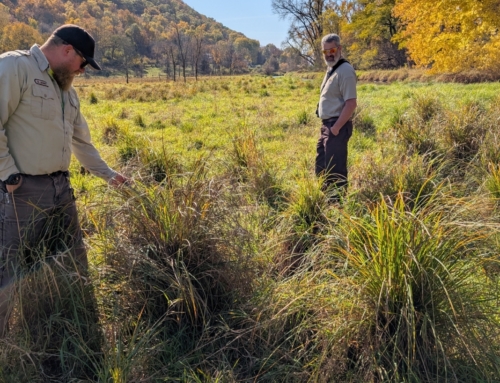
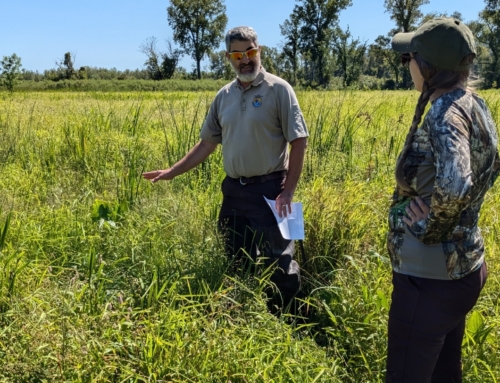
Leave A Comment